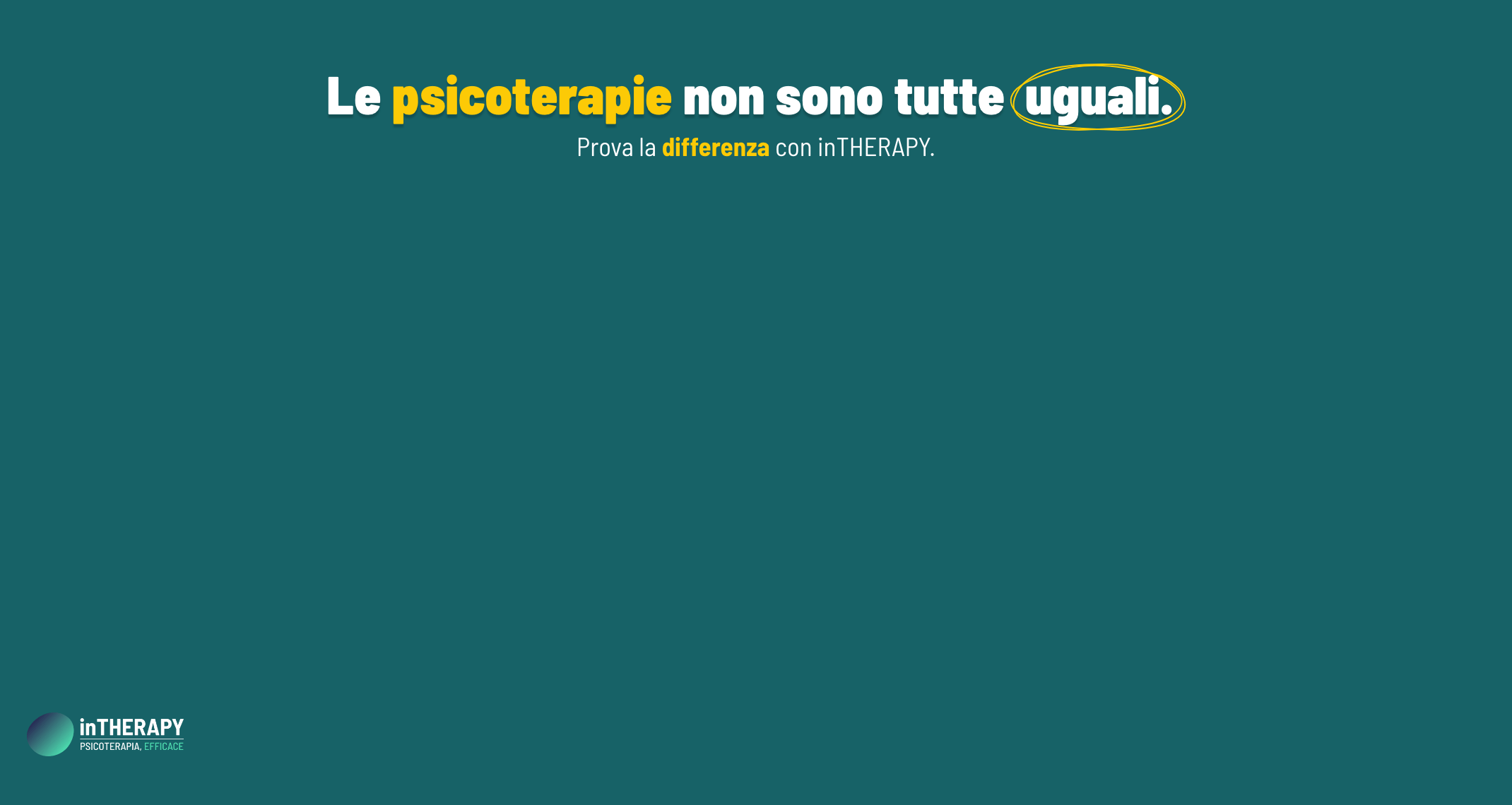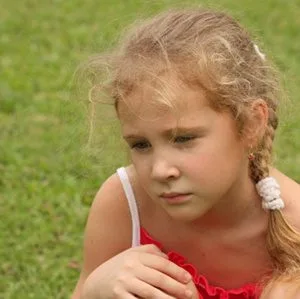 Insecure attachment has been investigated as a predictor of internalizing behavior in children. Specifically, anxious/resistant children may be at a higher risk for the development of anxiety disorders.
Insecure attachment has been investigated as a predictor of internalizing behavior in children. Specifically, anxious/resistant children may be at a higher risk for the development of anxiety disorders.
Costa and Weems (2005) investigated the association between child attachment and anxiety symptoms. Eighty-eight children between the ages of six and 17 years participated with their mothers. Two questionnaires were completed by the children and the Anxiety Symptoms Checklist was completed by mothers.
The results demonstrated that children’s anxiety was significantly associated with child insecure attachment belief. This finding provides evidence for the association between insecure attachment and the development of anxiety. However, the questionnaire used to measure attachment in this study did not allow for examination of the association between children’s anxiety and the different subtypes of insecure attachment. Therefore, the findings are limited by the sole reliance on questionnaire reports.

Several studies have found an association between insecure attachment and internalizing behavior problems using longitudinal methodology. Lewis, Feiring, McGuffog and Jaskir (1984) examined infant attachment predicting later child psychopathology. One-hundred and thirteen children’s attachment styles were assessed using the strange situation procedure (SSP) at 12 months of age. Five years later, the mothers completed the Children Behaviour Profile (CBP). The results demonstrated different behavioral outcomes for males and females. Most notably, male with a resistant attachment scored significantly higher on the internalizing scale than both avoidant and securely attached males. The same effect was not show found in females.
In addition to finding an association between externalizing behavior and anxious/avoidant children, Erickson et al. (1985) additionally found that anxious/resistant children were less confident and assertive in the school environment and showed lower overall social skills than securely attached children.
As part of the Minnesota project, a 20 year longitudinal study, Warren, Huston, Egeland and Sroufe (1997) investigated 172 infants’ attachment style and their behavioral outcomes. Infant attachment style was assessed at 12 months of age using the SSP. Diagnostic assessments were conducted at age 17.5.
The results demonstrated that more anxious/resistant infants developed anxiety disorders in adolescents than expected by chance. Of children with an anxious/resistant attachment style, 28% developed an anxiety disorder compared to 13% of those with all other insecure attachment styles. Also, more children with other disorders (i.e. any non-anxiety disorder) were classified as having and anxious/avoidant attachment style than expected by chance.
In the next installment I will discuss more recent studies investigating insecure attachment and the development of internalizing disorders. I will also summarize the result of each of the studies I have discussed so far.
REFERENCES:
- Costa, N, M., & Weems, C, F. (2005). Maternal and child anxiety: Do attachment beliefs or children’s perceptions of maternal control mediate their association? Social Development. 14, 4, 574 – 590.
- Warren, S. L., Huston, L., Egeland, B., & Sroufe, L. A. (1997). Child and adolescent anxiety disorders and early attachment. Journal of the American Academy of Child and Adolescent Psychiatry, 36, 637 – 644.


